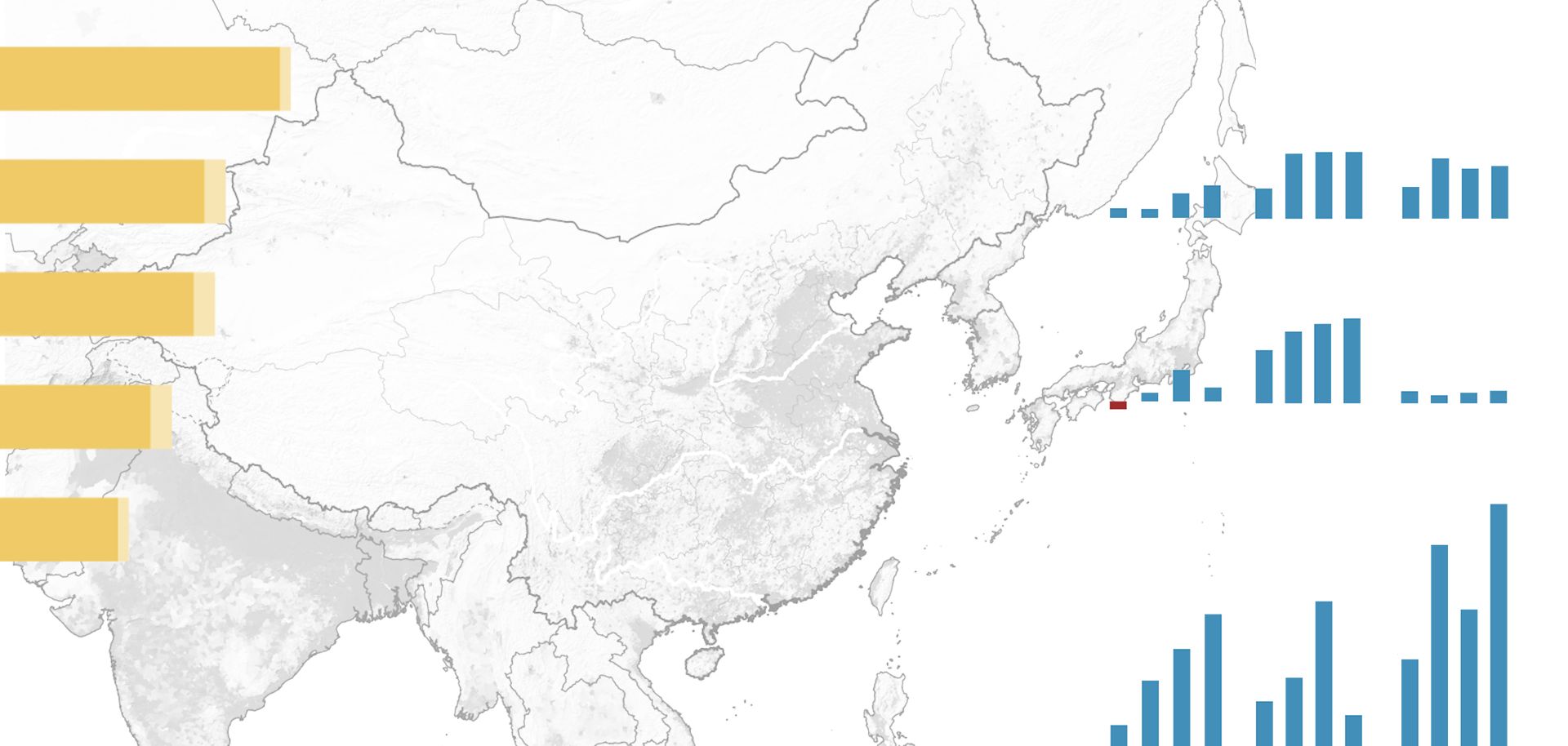
The largest piece of consumer spending in any economy is done by people in their 20s and 30s. This cohort is going to college, raising children and buying houses and cars. Yet people in their 20s and 30s are the weakest in terms of earning potential. High consumption plus low earning leads invariably to borrowing, and borrowing is banks' mainstay. In the 1990s and 2000s much of Europe enjoyed a bulge in its population structure in precisely this young demographic — particularly in Southern European states — generating a great deal of economic activity, and from it a great deal of business for Europe's banks. But now, this demographic has grown up. Their earning potential has increased, while their big surge of demand is largely over, sharply curtailing their need for borrowing. The small sizes of the replacement generations suggest there will be no recoveries within the next few decades. With the total value of new consumer loans likely to stagnate (and more likely, decline) moving forward, if anything there are now too many European banks competing for a shrinking pool of consumer loans. Europe is thus not likely to be able to grow out of any banking problems it experiences.


